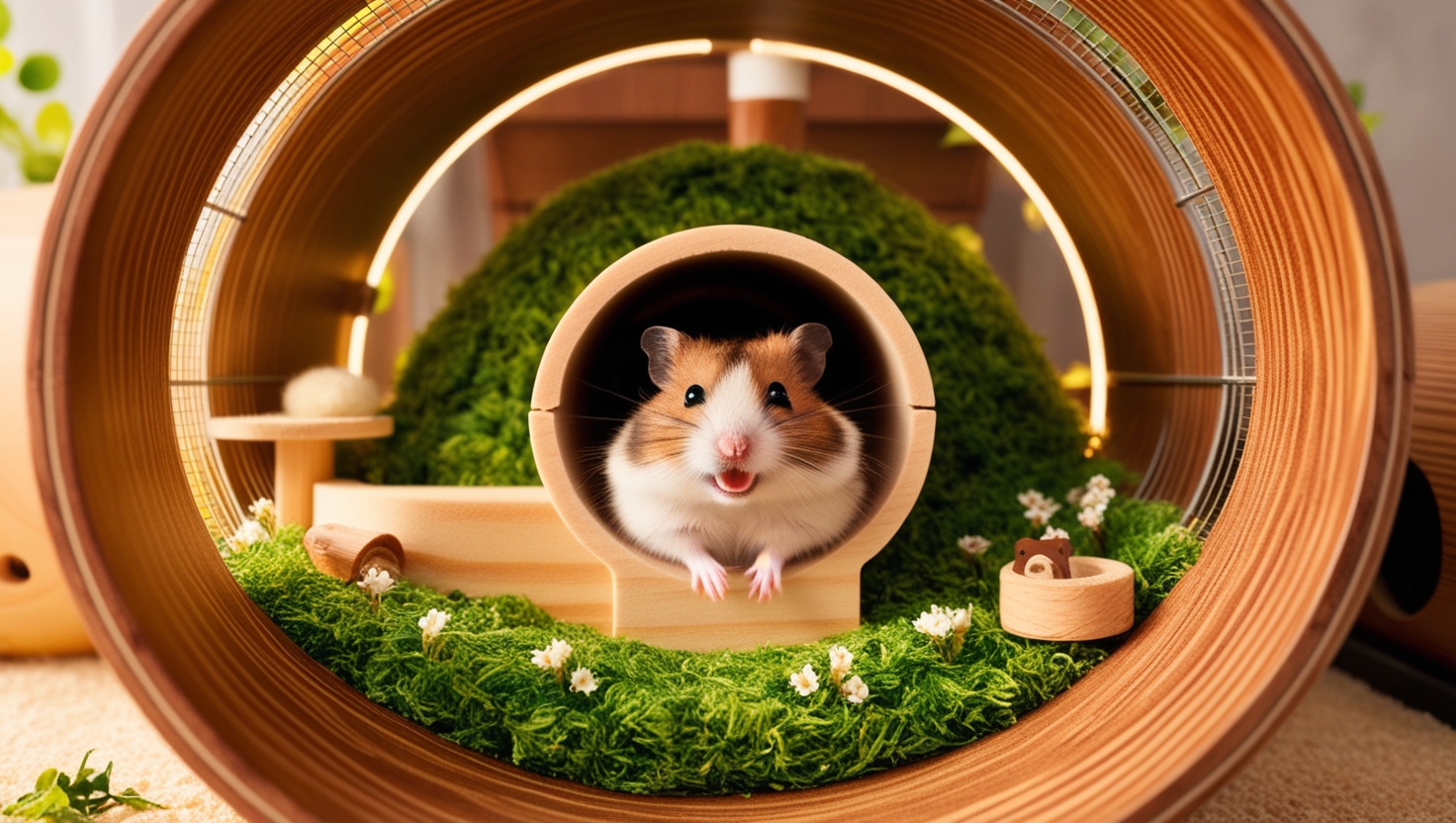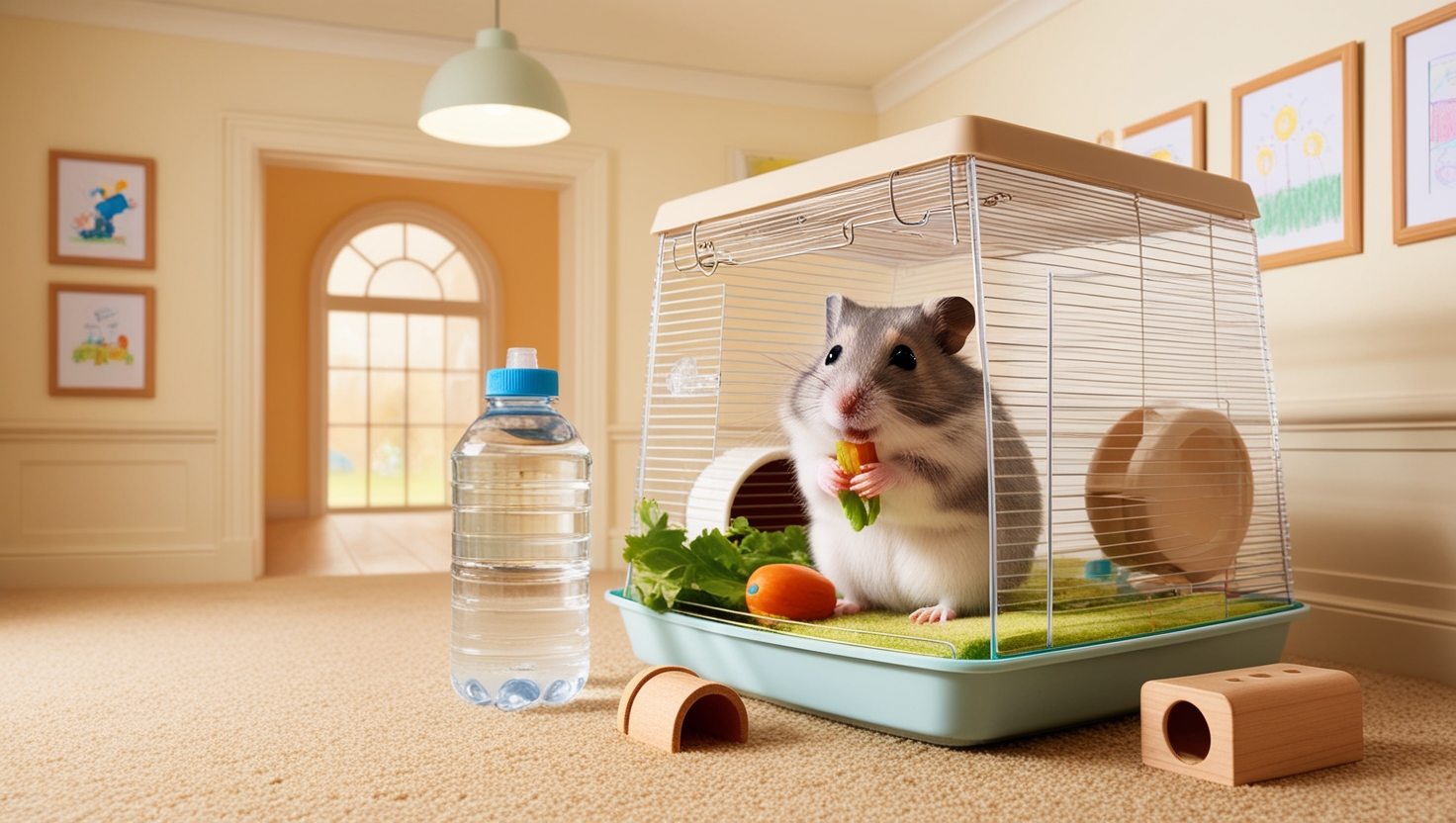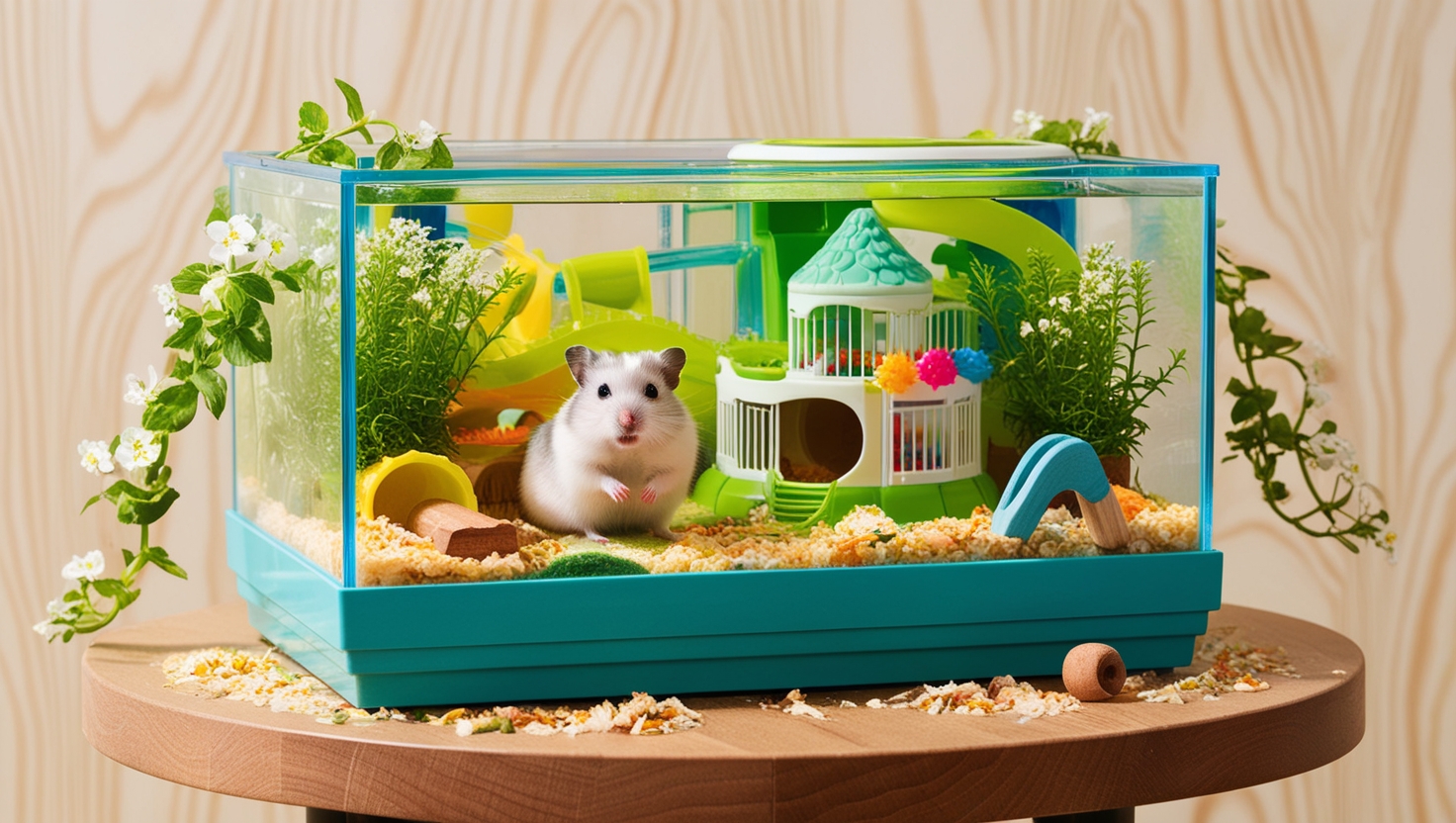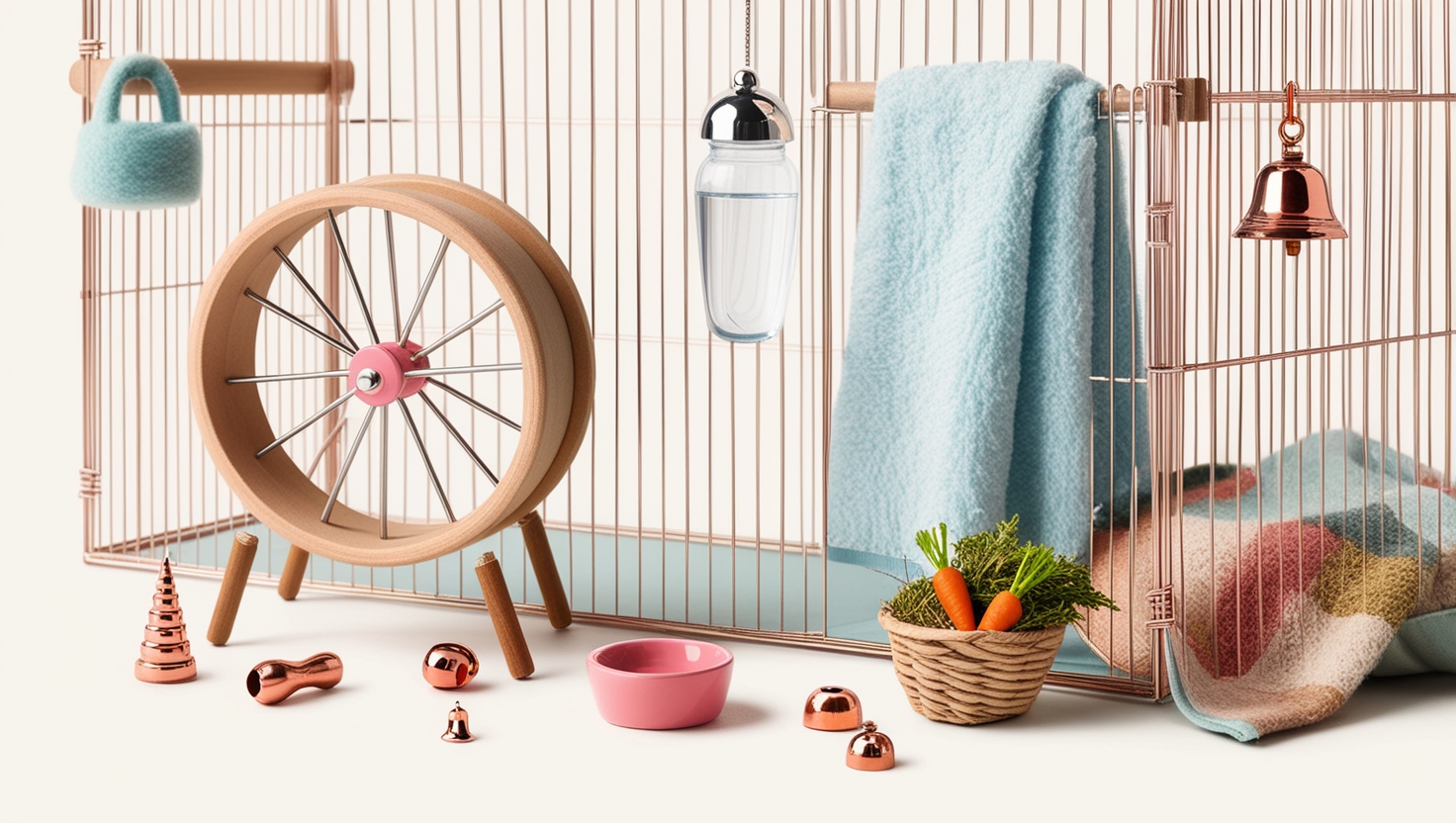So, you’re thinking about welcoming a fluffy hamster into your life? That’s fantastic! Hamsters are wonderful pets, full of energy and personality. But before you bring your new furry friend home, it’s crucial to create a comfortable and stimulating environment for them. And that starts with choosing the right hamster cage.
One of the most common questions I get as a hamster enthusiast and long-time foster parent is, “How much space does a hamster really need?” You see, a cramped cage can lead to stress, boredom, and even health problems for these active little creatures.
Hamster Cage Size: Busting the 10-Gallon Myth
Many new hamster owners are often told that a 10-gallon tank is sufficient. While it might seem like a decent size at first glance, I’m here to tell you – it’s simply not enough! Imagine being confined to a tiny room your whole life – you’d likely feel pretty frustrated, right?
The Humane Society recommends a minimum cage size of 24 inches long and 12 inches wide for hamsters. This is a good starting point, but bigger is always better when it comes to hamster homes.
“Think of it this way,” says Dr. Lisa Jones, a veterinarian specializing in small animal care, “hamsters in the wild can travel for miles foraging for food and exploring. While we can’t replicate that in a home environment, we can provide them with ample space to mimic those natural behaviors.”
Why Cage Size Matters for Your Hamster’s Wellbeing
Hamsters are natural burrowers, climbers, and explorers. They need plenty of space to exercise, play, and engage in their natural instincts. A spacious cage allows your hamster to:
- Exercise: A larger cage means more room to run, which is essential for their physical health.
- Explore: Hamsters are curious creatures who love to investigate their surroundings.
- Burrow: Burrowing is a natural instinct that provides them with security and comfort.
- Play: A spacious cage offers plenty of room for toys, wheels, and other enrichment items.
- Reduce Stress: A cramped cage can lead to stress, which can manifest in bar biting, aggression, and other behavioral problems.
Choosing the Right Cage: It’s More Than Just Square Inches
While floor space is essential, the shape of the cage also plays a crucial role. A long and wide cage is always preferable to a tall and narrow one.
Remember, hamsters are natural climbers, but they’re not very good at judging heights. A tall cage might seem like a good idea, but it can actually be dangerous if your hamster falls from a high platform.
Creating a Hamster Haven: Beyond the Basics
Choosing the right cage size is a great first step, but it’s only the beginning! To create a truly enriching environment for your hamster, you’ll need to furnish it with:
- Solid Flooring: Wire cages can injure their tiny feet.
- A Comfortable Nest Box: A place for your hamster to sleep, relax, and feel safe.
- Plenty of Bedding: Use unscented, dust-free bedding for burrowing.
- A Solid Wheel: Make sure the wheel is large enough and doesn’t have any gaps where your hamster’s feet can get stuck.
- Chew Toys: Hamsters’ teeth grow continuously, so they need plenty of safe chew toys to keep them trimmed.
- Food and Water Dishes: Choose sturdy dishes that won’t tip over easily.
- Hiding Spots: Hamsters need places to hide and feel secure.
Your Hamster’s Happiness is Worth It
Remember, providing a spacious and stimulating environment is one of the best ways to show your hamster love and care. A larger cage might cost a bit more upfront, but the investment in your furry friend’s happiness and well-being is priceless. So, when it comes to choosing a hamster cage, always err on the side of bigger is better!







